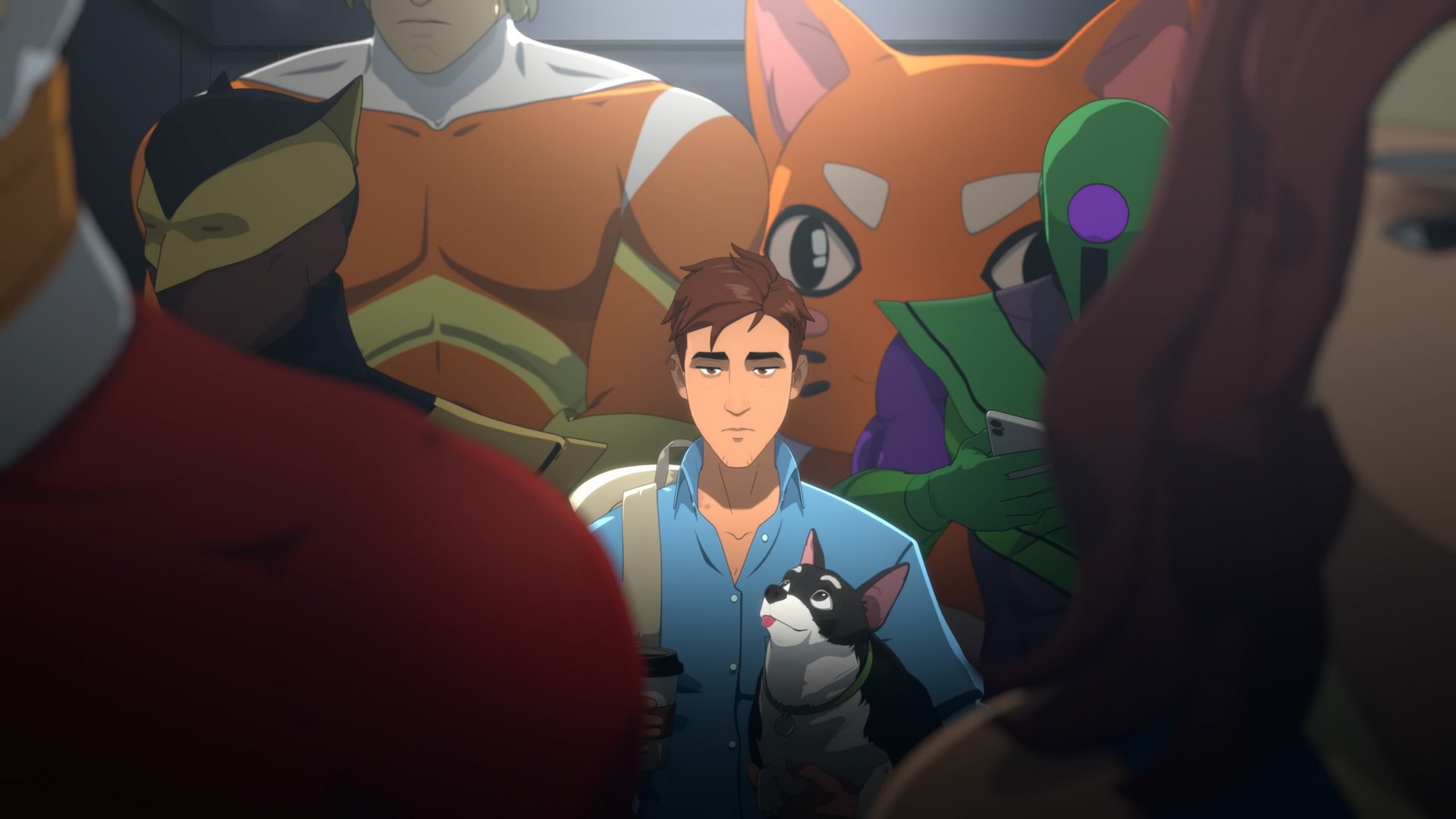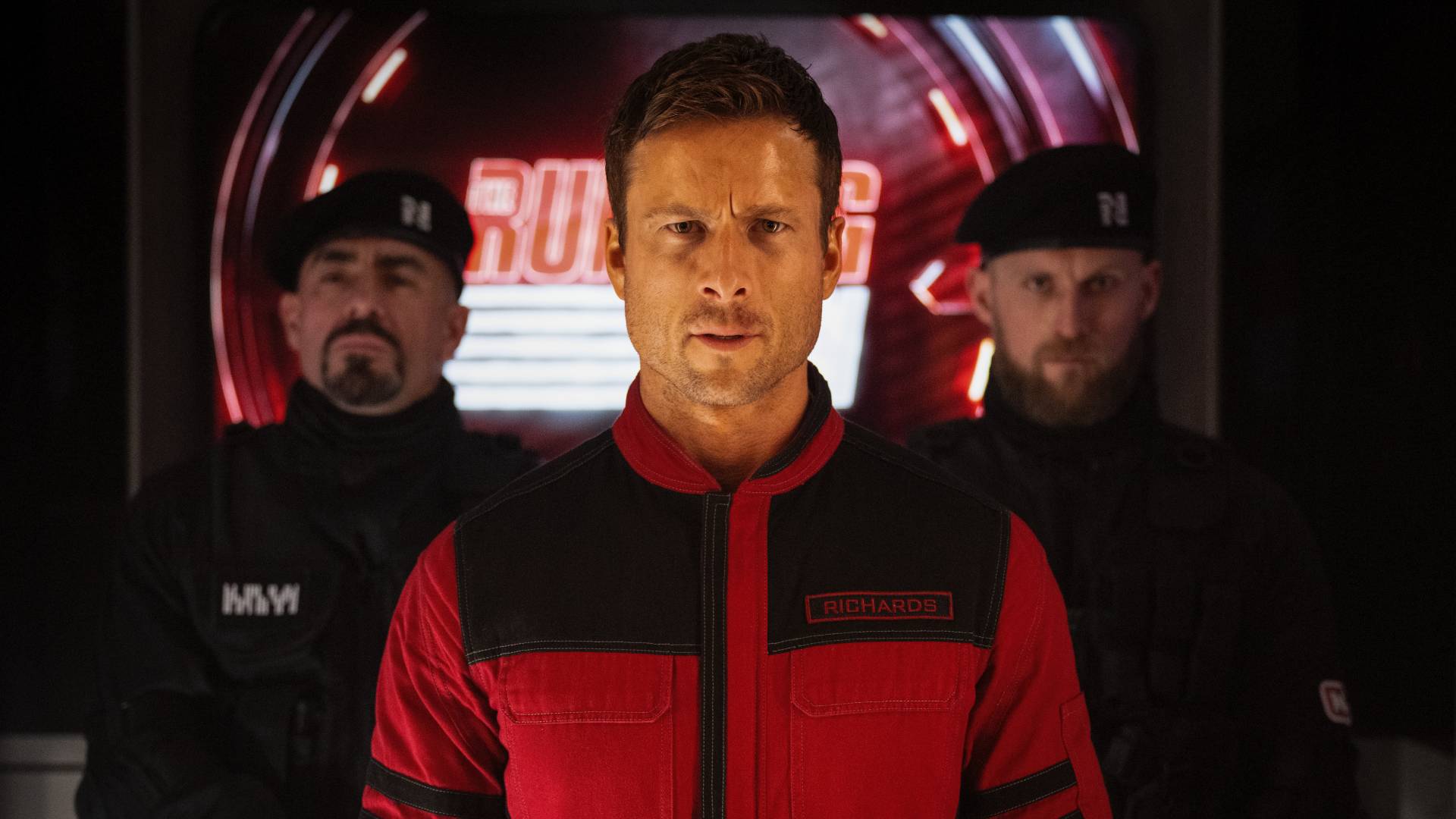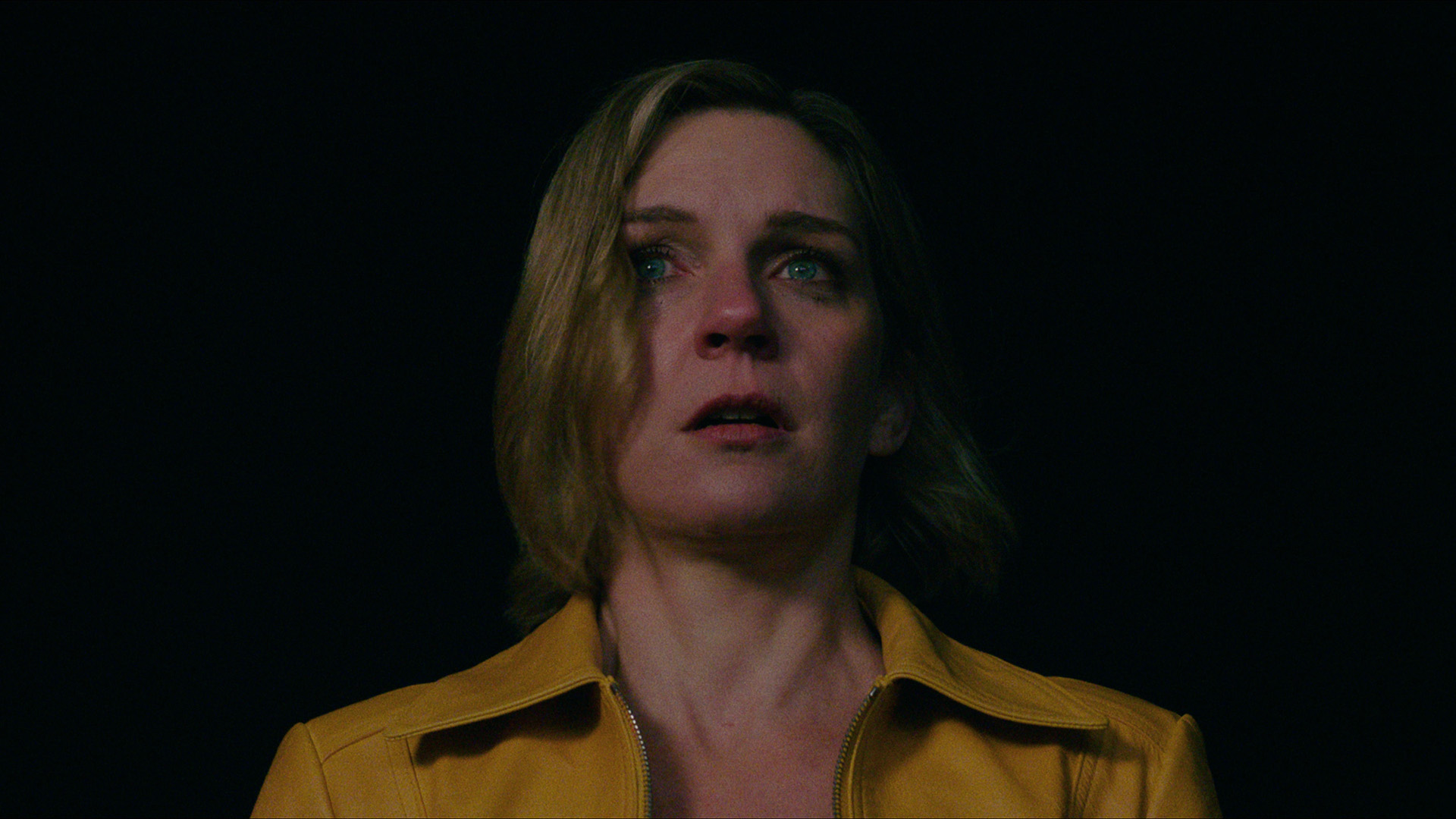Silent Hill f revives the horror series' 26-year-old debate: can combat be so bad it's good?
Opinion | Silent Hill's combat always had its critics, and series fans always had the perfect response. How does Silent Hill f's Soulslike combat in Ebisugaoka fare?
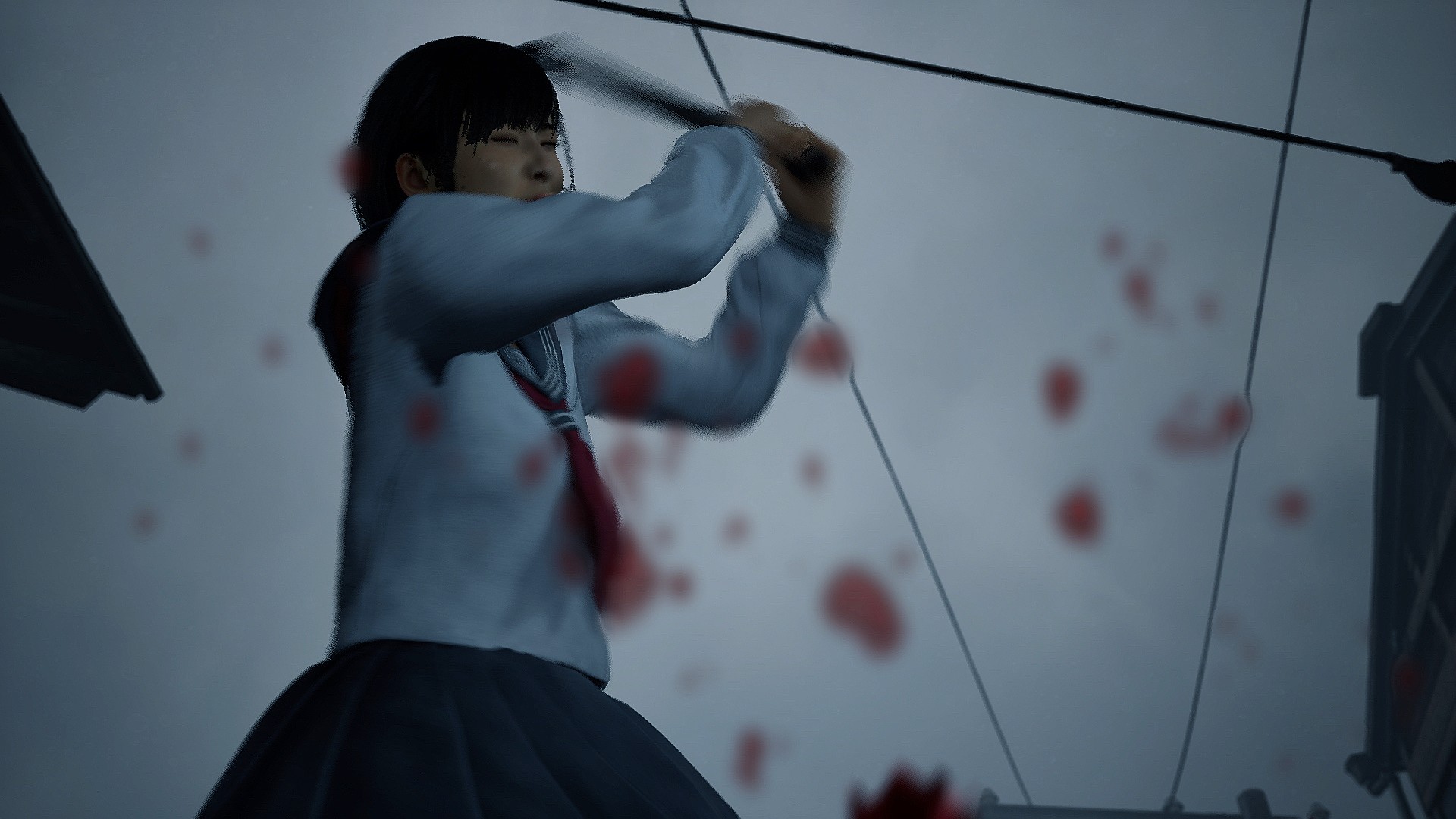
Swapping its namesake American town for melee scraps in Japanese paddy fields, Silent Hill f dispenses with many hallmarks of the 26-year-old horror series. Breaking with tradition has rewarded NeoBards with the series' fastest selling launch and widespread admiration for its astonishing imagery and fearless descent into teenage cruelty.
There's just one major caveat: its soulslike combat. In our otherwise glowing Silent Hill f review, Oscar said "It's a shame then that Silent Hill f, which has my favorite writing and atmosphere in the series, also has the most annoying combat." And he's far from alone in feeling that way.
Taking a swing
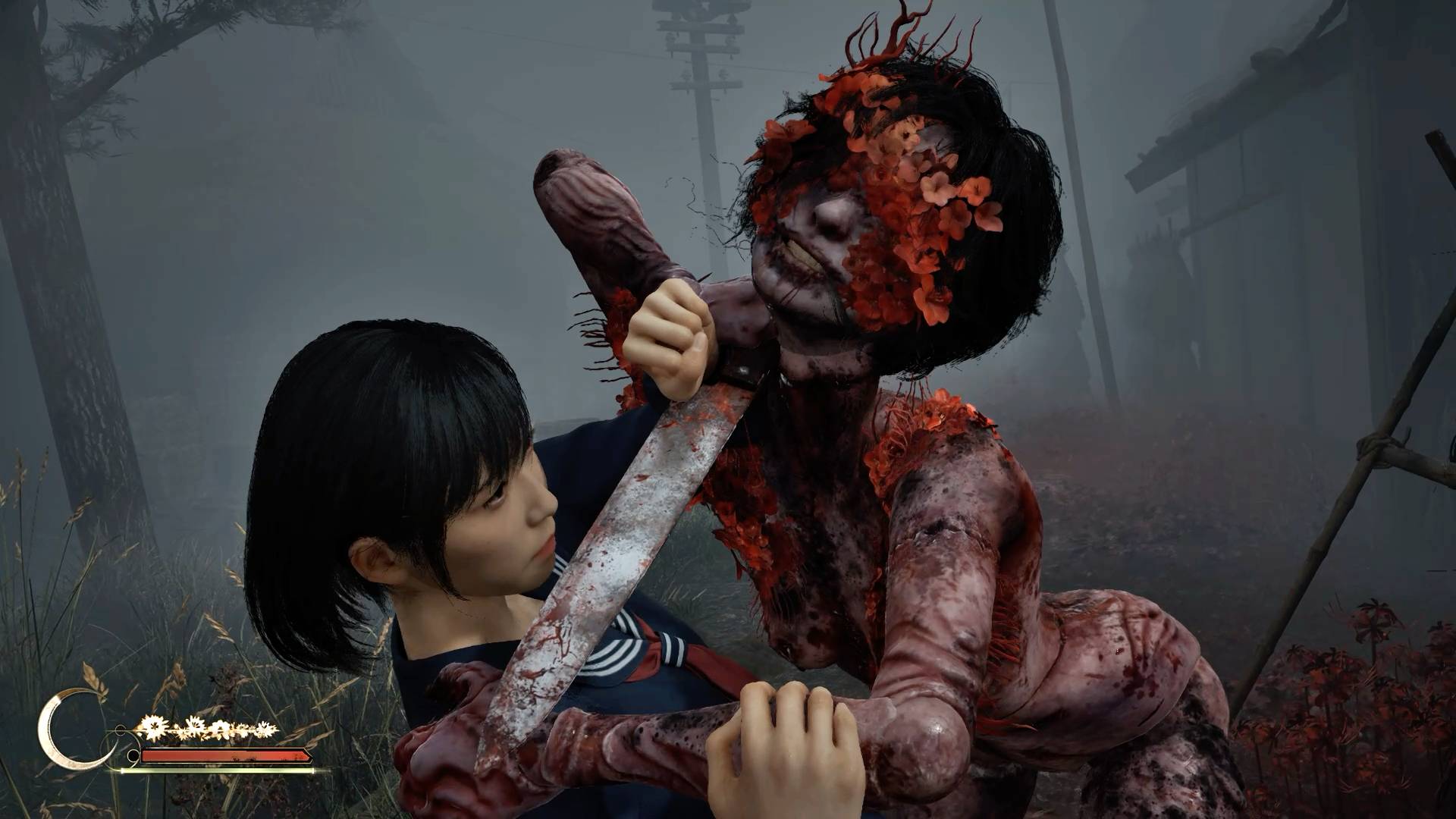
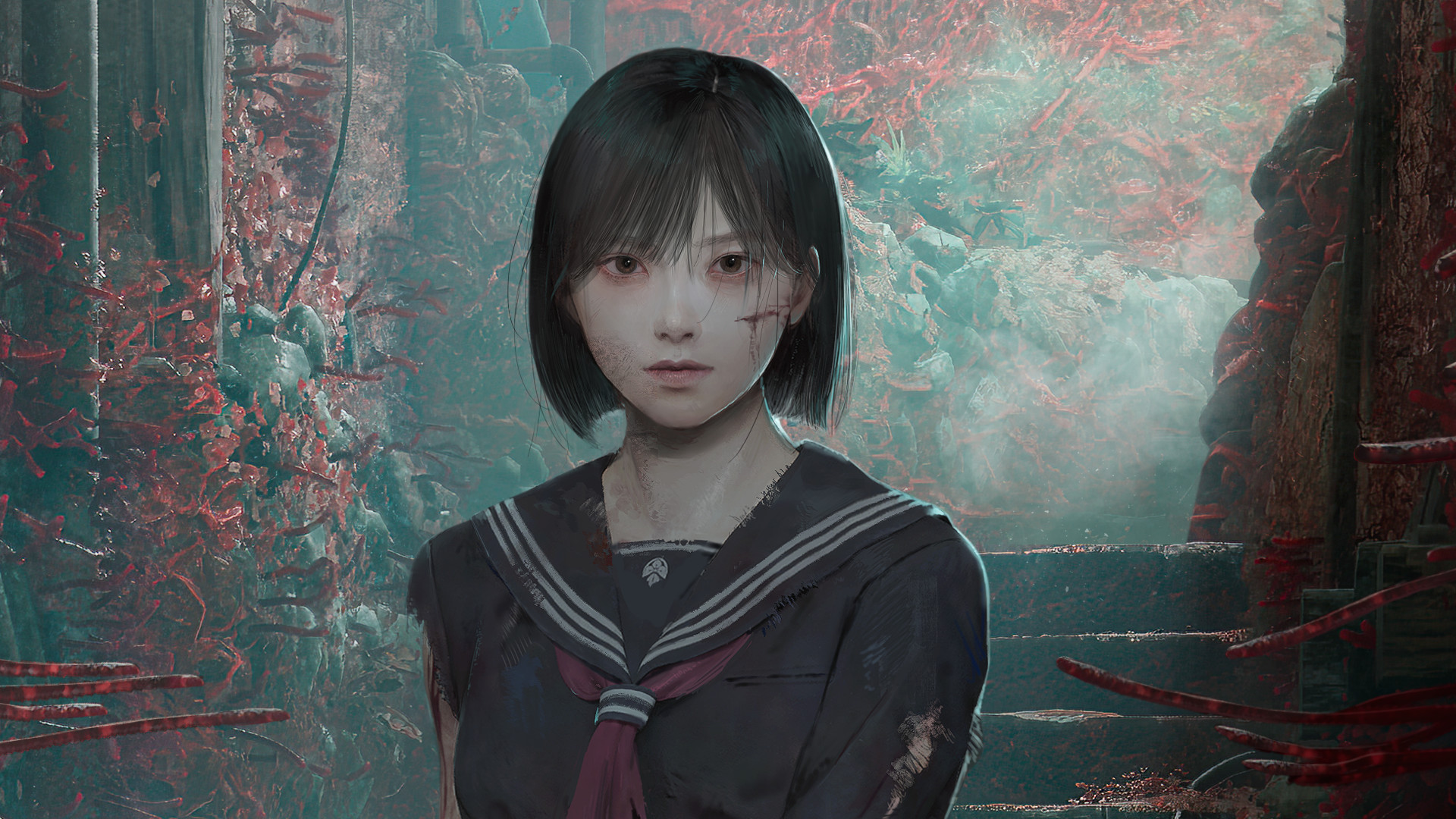
This criticism returns to a time-honored argument that's been raging since 1999, when the very first Silent Hill came out. According to the purists, you missed the point if you ever complained about its everyday protagonists' unwieldy controls, haphazard aim and inelegant melee strikes. Silent Hill's combat was purposely clumsy. Thematically, it was a case of "so bad it's good".
Across Team Silent's years at the helm of Silent Hill, your ineptitude was artfully designed to heighten the sense of panic, unease, and helplessness as monsters draw uncomfortably close, without even a dodge mechanic to get you out of trouble. If you didn't like it, you were apparently just one of the uneducated masses who preferred exploding Resident Evil zombie heads to wrestling with Freudian nightmares and knee-high gremlins in the local elementary school.
The worst horrors of Silent Hill were your own inability to deal with its gnarliest residents, whether that's emptying a handgun cartridge into the sky trying to down a pterodactyl-like Air Screamer in Silent Hill, swiping uselessly at the air before one of Silent Hill 2's advancing Bubble Head Nurses, getting bowled over by Silent Hill 3's Slurpers, or just running headlong into wall after wall in Silent Hill 4: The Room's claustrophobic Apartment World. The best Silent Hill monsters have historically been ones you've struggled to fight against.
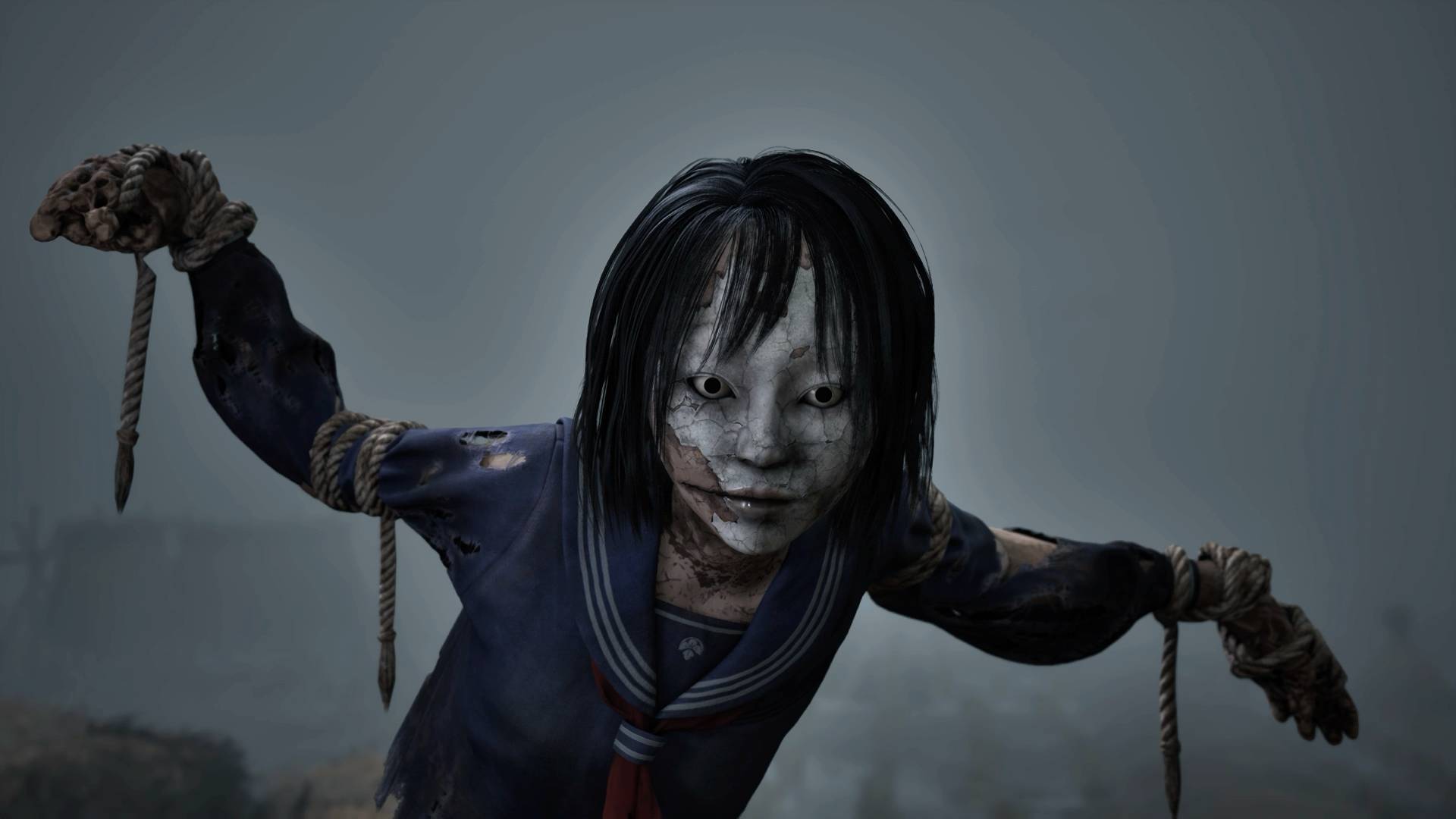
In the largely unloved post-Team Silent years that followed, the series featured more competent protagonists like Silent Hill: Homecoming's former soldier Alex Shepherd. He could call on combo attack chains, light and heavy attacks, a dodge roll, even a functional block! Despite introducing expanded mechanics, the same issues remained. Torn from the original context of an untutored civilian character, combat remained a frustrating chore.
That stayed the case until last year's impressive Silent Hill 2 Remake. Perhaps the first entry with inarguably good combat (if a tad overused by the end), Bloober Team drew on contemporary third-person shooter mechanics without harming James Sunderland's reputation as a wildly out-of-his-depth combatant.
Weekly digests, tales from the communities you love, and more
Now we come to Silent Hill f, an all-new gun-less entry that can't rely on lessons learned from Dead Space and The Last of Us. Without getting into later stages with a certain empowering twist, is Hinako's J-horror take on traditional Soulslike combat in Ebisugaoka purposely bad for the same reason as its forebears?
It's instantly clear how some of Silent Hill f's adaptations to the Soulslike blueprint justify using that framework. The genre's focus on anticipating attack patterns and learning wind-up animations gives encounters an appropriate sense of peril, as does the tension of deciding when the time is right for a heavy or light attack – paired with the added anxiety of ever-dwindling weapon durability.
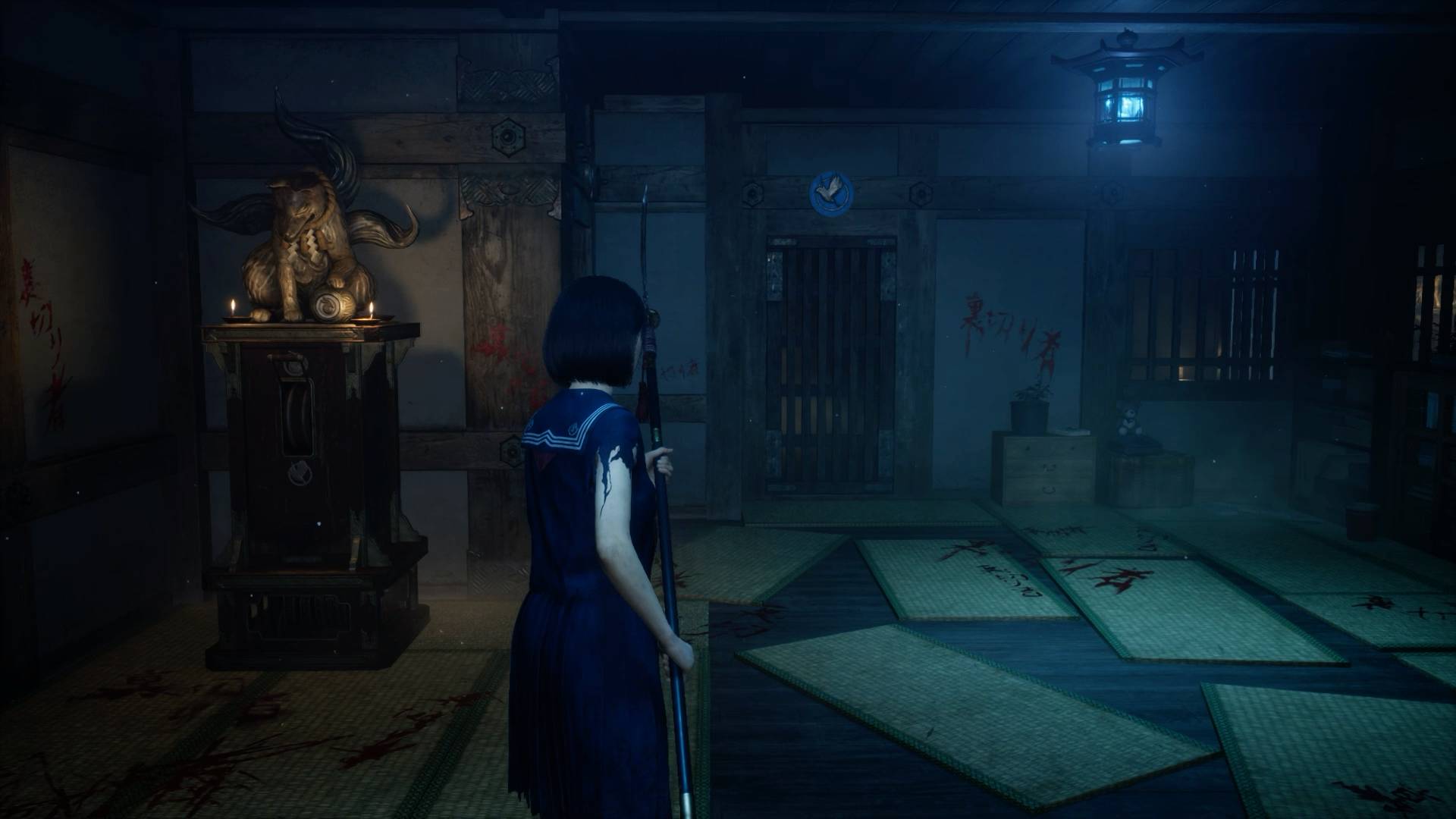
NeoBards certainly deserves top marks for Hinako's amateurish movement and animations too. Attacks are heavy, slow to recover, her balance swaying all over the place between hits. She stumbles around enemies, and if you try to retreat she'll naively turn her back. Her dodge may lean a touch too nimble, but it's convincingly inexpert, arms flailing every time.
The camera would be severely flawed in any other game – it's always breathing down your neck – but here it only adds to the effect. Its lock-on is "bad" when judged by conventional standards. Attack one enemy, you'll rarely spot another on your flank. It's dangerous, vulnerable, and uselessly inflexible for any other Soulslike. But here, it's brilliantly effective in establishing panic.
It was also a wise decision to ignore certain Soulslike staples. Traditional block and parry mechanics wouldn't fit a decidedly unwarlike teenager. And the relatively stat-lite approach meant I was never ripped out of my state of ethereal dread to optimize loadouts or respec my character for an enticing new weapon.
Looking over your shoulder
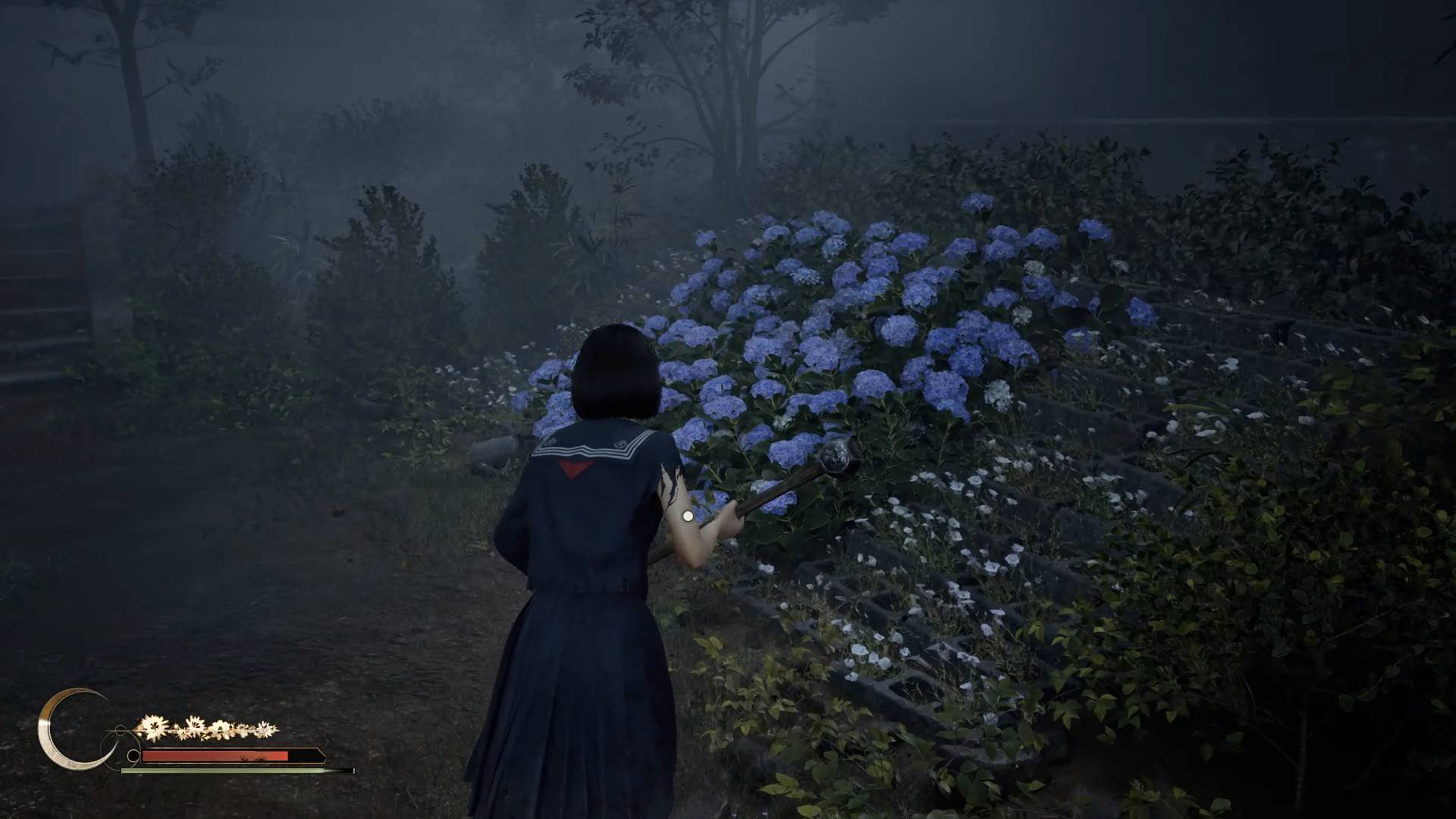
Where it falls apart is when Hinako's abilities go beyond grounded believability into excessive competence. Soulslike combat is all about consequence, the careful trade-offs of risk versus reward. In this style of horror, anything that operates on that axis should measure its rewards sparingly.
Silent Hill f does no such thing with its perfect dodge and perfect counters. These feel-good mechanics reward precision and mastery with slow-mo and a stamina refill or a free staggering hit. Not only do they work against immersion as playing an overwhelmed teenager, desperately fending off a tumorous assemblage of engorged bellies with a crowbar, these concessions to deeper action mechanics puts its combat system in direct comparison to other, better, games. I have the same issue with Focus Mode, which grants Hinako supernatural concentration skills and the capacity for an unstoppable charged attack.
The stamina system, however, goes too far towards the risks and can make Hinato almost comically useless. Recovery times for a mistimed heavy attack are painful and, combined with an agonizingly slow stamina regeneration rate, too easily leaves her immobilized. It becomes a frustrating experience of actual helplessness rather than the more effective sensation of desperation. The problem's worsened by Ebisugaoka's level design, its slender walkways and often claustrophobic interiors reduce the chances of evasion compared to those wide, fog-drenched American streets that feel so inviting now.
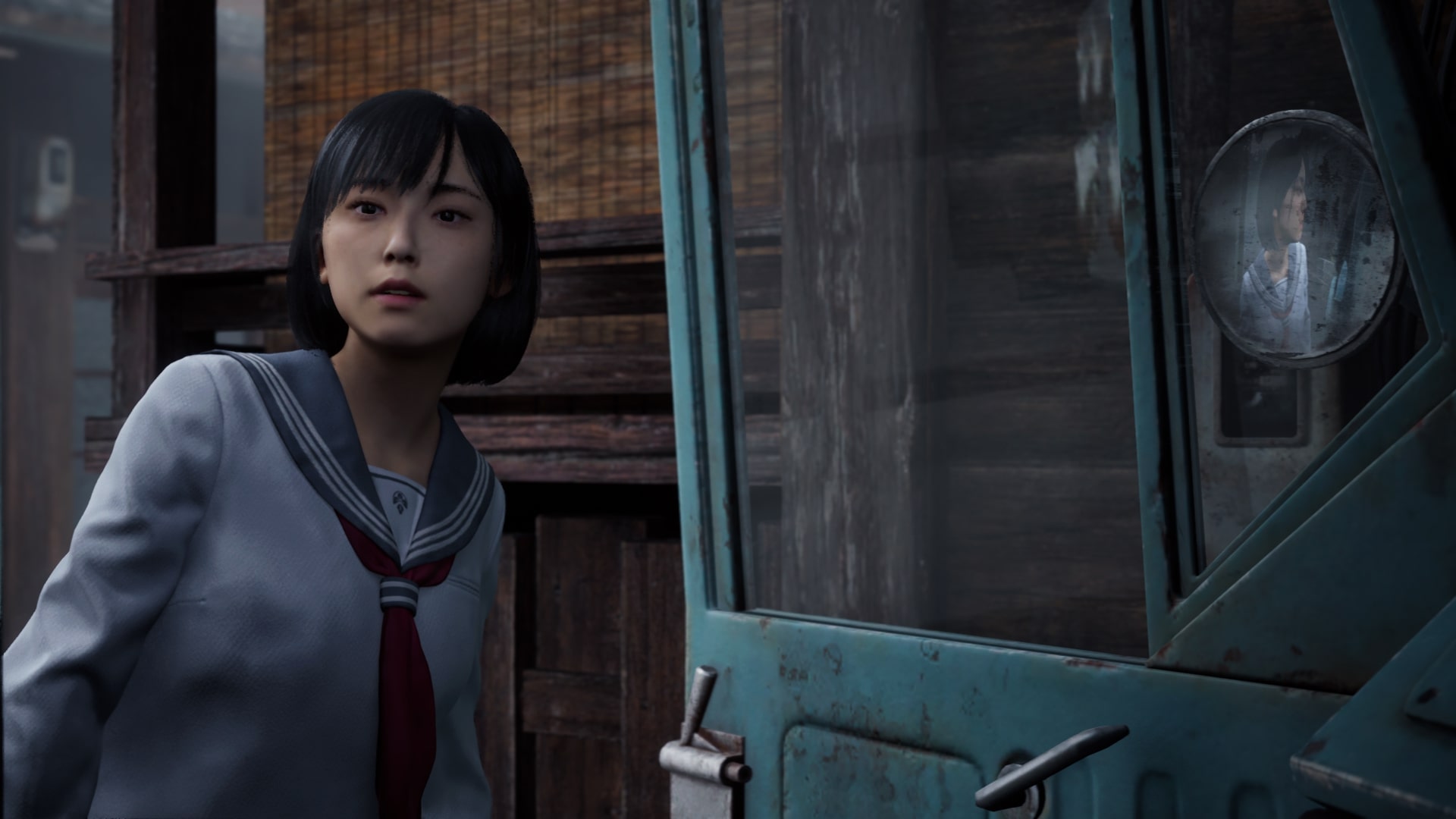
The result of these combined factors: a game that doesn't have the confidence to accept its teenage protagonist's physical flaws.
Silent Hill f's efforts to reinvent a genre in the guise of horror raises the question why its combat had to be such an ever-present part of the game. Why? Popular appeal. Action sells, especially good action. Standards have been raised for major horror titles, so Silent Hill's formerly clumsy style might be a risk. Zero or light combat can be just as tricky, as we saw with the mixed reception to last year's Silent Hill: The Short Message.
The ascent of Bloober Team proves it. The studio has become one of the industry's preeminent horror studios thanks to pursuing third-person-shooter action-horror. We already covered its achievements in Silent Hill 2 remake and touched on it again during our Cronos: The New Dawn review, where Bloober took a further step towards action – adopting a Dead Space-esque tactical combat approach against an onslaught of horrific mutants who merge together into even more advanced monstrosities.
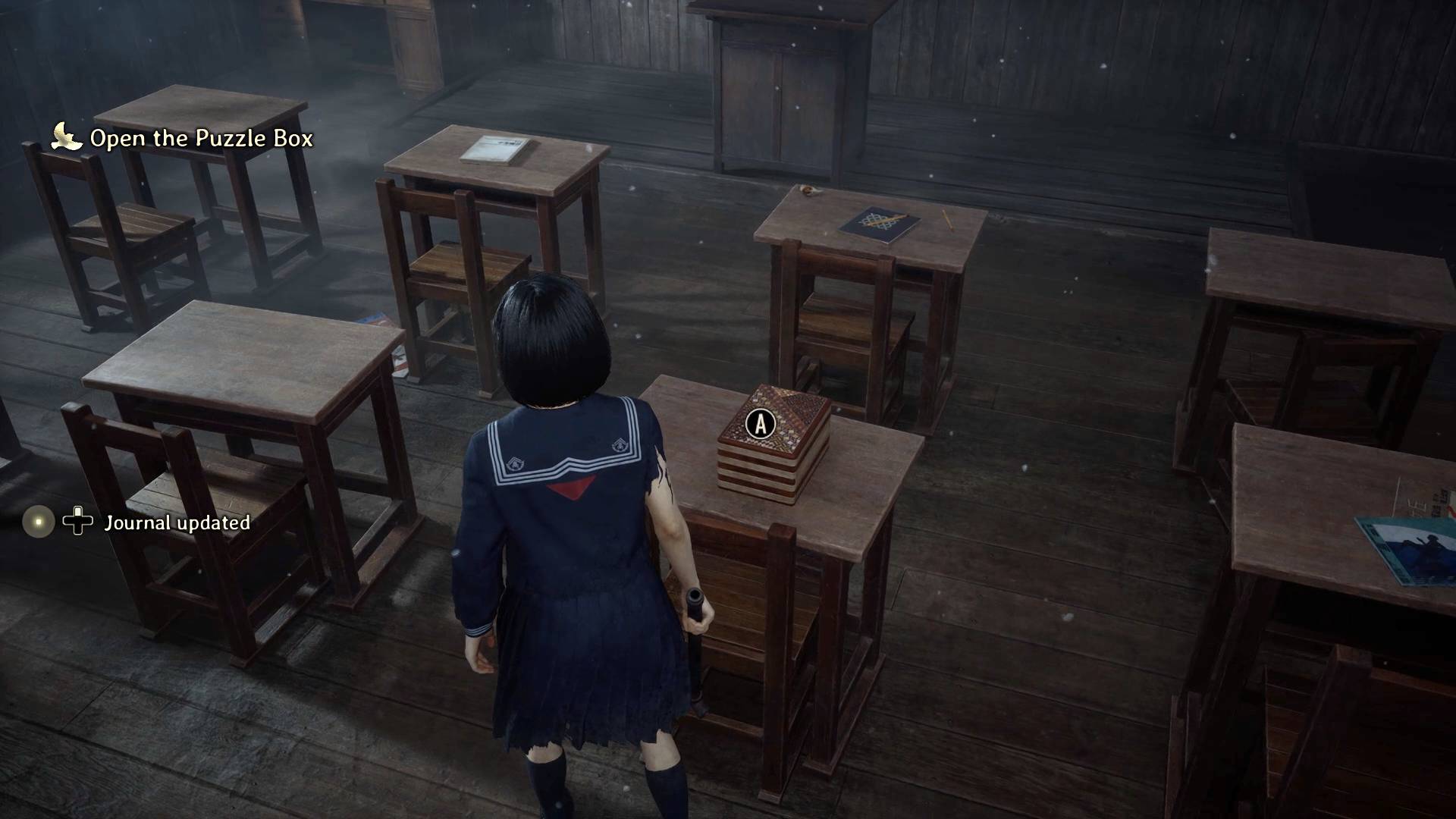
Even the man who once pioneered Silent Hill's jarringly amateur combat arrived at the same action-heavy destination. When I spoke to Silent Hill creator Keiichi Toyama (who also made the combat-light Siren series) last year at Gamescom, he explained his 2024 body-swapping action-horror Slitterhead took a horror-action focus out of a need to draw the biggest possible audience.
Slitterhead and Silent Hill' fs melee-driven combat systems converge in some surprising ways. In Bokeh Studio's Kowloon you can control regular civilians by possession. Do so, and you're stuck with a small pool of health and clumsy attacks with embarrassing recovery times, just like Hinako. It enjoys the best of both worlds with the option of its "rarities", superhumans boasting explosive combos, incredible acrobatics and a whole suite of gory, paranormal abilities. That attitude bears comparison with later stages of Silent Hill f when, suffice to say, the game tires of its own Soulslike routine and decides it's finally time to give players a hand.
You'd be a fool to expect continuity under Konami's watch, decades since the original Team Silent disbanded. We have no idea where the franchise's brand of regular Joe combat will take us next, or whether Silent Hill f will prove to be an abandoned experiment or a first faltering step towards a new evolution of horror combat. I only hope for a tiny bit less of it next time.
We've hand-picked the best horror games for you to play this Halloween

Francisco is a freelance journalist, whose work has been published at IGN, Epic Games, Polygon, PC Gamer and many others. When he's not delighting in unexpected indie games or sorting through an increasingly overwhelming Magic: the Gathering collection, he's often found in the closest cinema.
You must confirm your public display name before commenting
Please logout and then login again, you will then be prompted to enter your display name.
